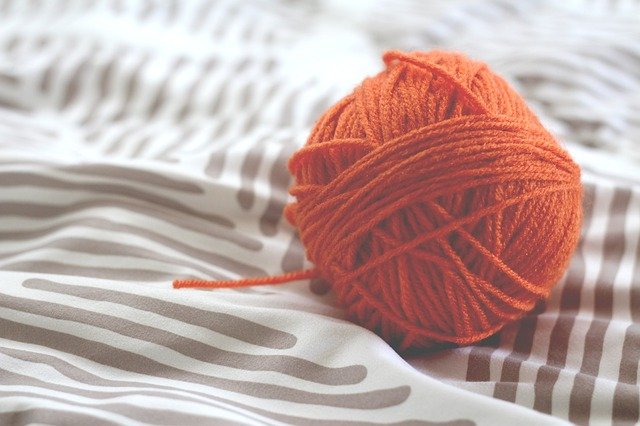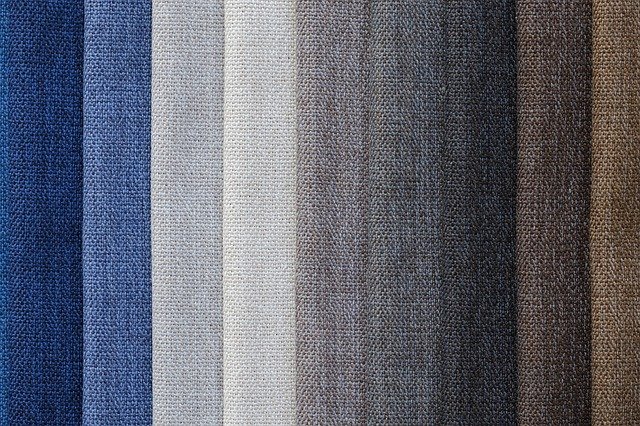By Tim Lambert
The first clothing materials were simply animal skins. About 35,000 years ago modern humans entered Europe. (They are sometimes called Cro-Magnons). The Cro-Magnons made warm clothes such as trousers, coats, and boots from animal skins using bone needles.
Linen fabric dating to about 8,000 BC has been found in Switzerland. From about 5,000 BC people in Ancient Egypt made linen. It was also made in Ancient Iraq. Later in history linen was used for making shirts and underwear. The word lingerie is derived from the French word for linen, lin.
It’s not known when people began weaving wool. The earliest evidence of wool fabric dates from about 4,000 BC in Egypt. Wool was also being woven in Britain by the start of the Bronze Age (shortly after 2,000 BC). In Medieval Europe all classes wore wool. However, it varied in quality. The rich wore fine-quality wool. The poor wore coarse wool.
By the 14th century, wool was a vital part of England’s economy. A tradition began of the Lord Speaker of the House of Lords sitting on a woolsack as a reminder of its importance.

It’s not certain when knitting was invented but the earliest examples are from Egypt in the Middle Ages. Later knitting spread to Europe. In 1589 William Lee invented the stocking frame, a machine for knitting stockings.
Silk was first cultivated in China around 3,000 BC. Silk began to reach the eastern Mediterranean region about 500 BC. The route it was carried on became known as the Silk Road. But merchants did not travel the whole way. Instead, silk was passed from one to another. However, in the 6th century AD, silkworm eggs were smuggled out of China to the Byzantine Empire.
Cotton was cultivated in Pakistan in about 3,000 BC. It was also grown in Central America. Later it was also grown in Iraq and Egypt. The Industrial Revolution made cotton much cheaper. In 1771 Richard Arkwright opened a cotton-spinning mill with a machine called a water frame, which was powered by a water mill. Then, in 1779, Samuel Crompton invented a new cotton-spinning machine called a spinning mule. Finally, in 1785 Edmund Cartwright invented a loom that could be powered by a steam engine.

In 1794 American Eli Whitney patented the cotton gin. As a result of these new inventions, cotton production boomed.
In 1884 Count Hilaire de Chardonnet made the first artificial fibre, from plant cellulose. In the following chemists invented new ways of making fibres from cellulose and by the 1920s they were common. The name rayon was invented in 1924.
Nylon was first made in 1935 by Wallace Carothers. Nylon stockings went on sale in 1940. Terylene was invented by British scientists John Rex Whinfield and James Tennant Dickson in 1941.
Lastex was introduced in the early 1930s. It consisted of a rubber core overwound with silk, rayon, or later nylon. Lastex was used to make corsets and bras. It was also used to make swimsuits.
Spandex was invented by Joseph Shivers in 1958. It was first manufactured in 1962.
Last revised 2025